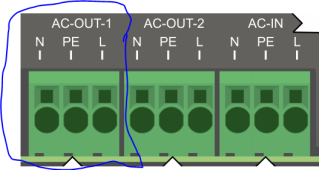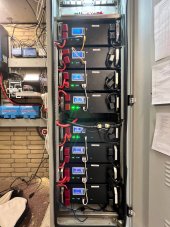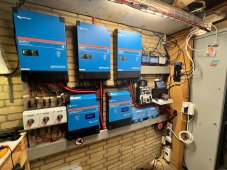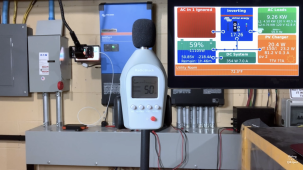Captain Kirk
New Member
Hello forum members. I was hoping for some input on this. I picked up a 5kVA Victron inverter and the online manual specs 2 AWG from the AC1 output...holly cow. The manual also states a max capable current of 137A due to the 95A AC shore input, which I will not use. So, I will never see these numbers and was wondering of several things maybe someone would help me with:
1. What type of wire should this be, solid or stranded? There is nothing in the manual other than the word "cable." I assume this is stranded? (Oddly, there is nothing in the manual for the battery wire either, but I'm using 2/0 fine stranded).
2. I want to run the AC output wire in 30' of conduit, so sounds like even bigger wire of 0 AWG.... ahhhh... 3 x 0 AWG for 30' in conduit?!
3. The inverter will see no more than 35A continuous, with occasional additional inrush of an extra 28A when the 120VAC AC cylces. Couldn't I size the wire and breaker for this and be OK?
4. Lastly, the manual mentions a ferrule or stripped wire. Are there any feeling about this with the victron terminal blocks?
Any help would be greatly appreciated...thank you!



1. What type of wire should this be, solid or stranded? There is nothing in the manual other than the word "cable." I assume this is stranded? (Oddly, there is nothing in the manual for the battery wire either, but I'm using 2/0 fine stranded).
2. I want to run the AC output wire in 30' of conduit, so sounds like even bigger wire of 0 AWG.... ahhhh... 3 x 0 AWG for 30' in conduit?!
3. The inverter will see no more than 35A continuous, with occasional additional inrush of an extra 28A when the 120VAC AC cylces. Couldn't I size the wire and breaker for this and be OK?
4. Lastly, the manual mentions a ferrule or stripped wire. Are there any feeling about this with the victron terminal blocks?
Any help would be greatly appreciated...thank you!









